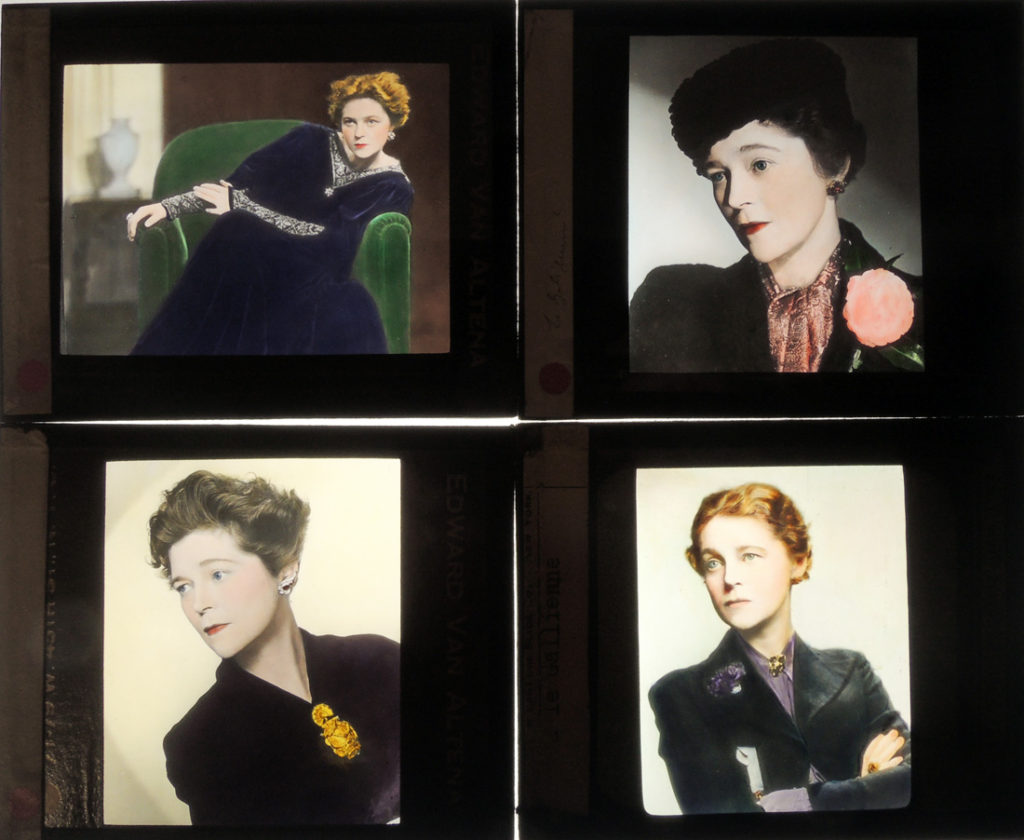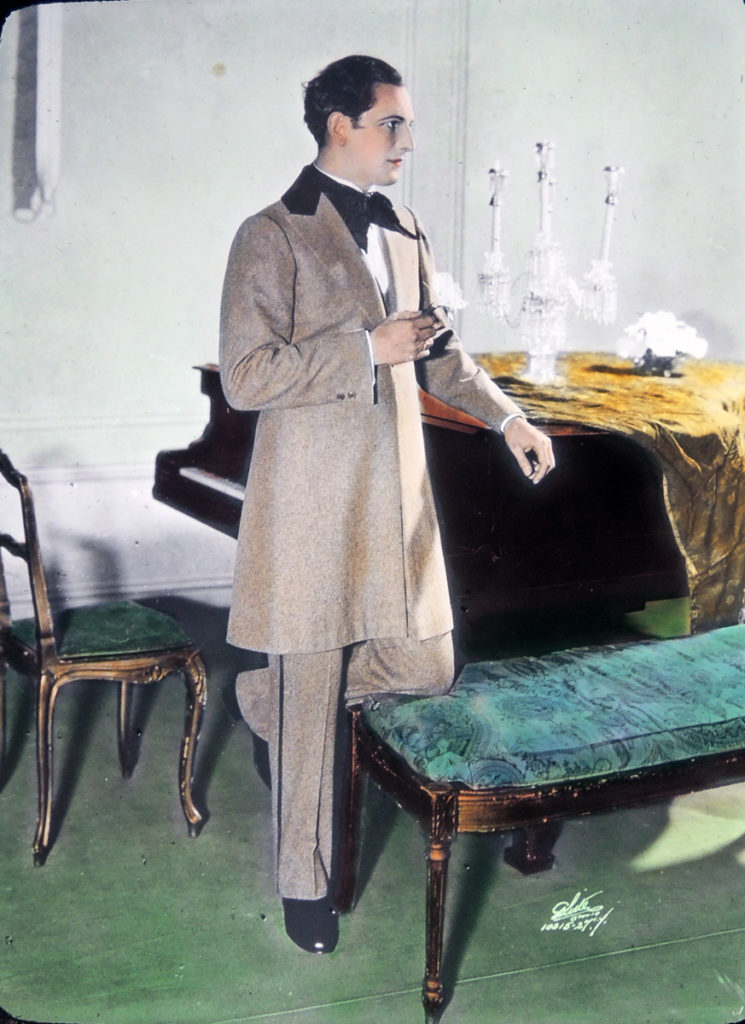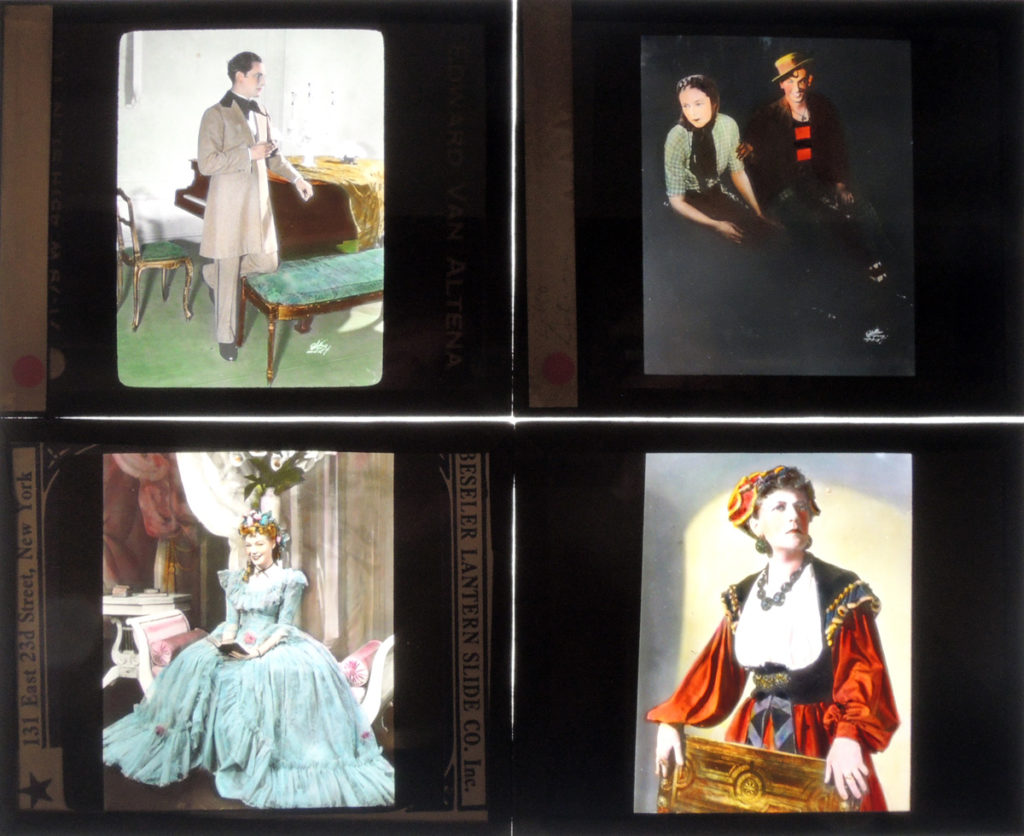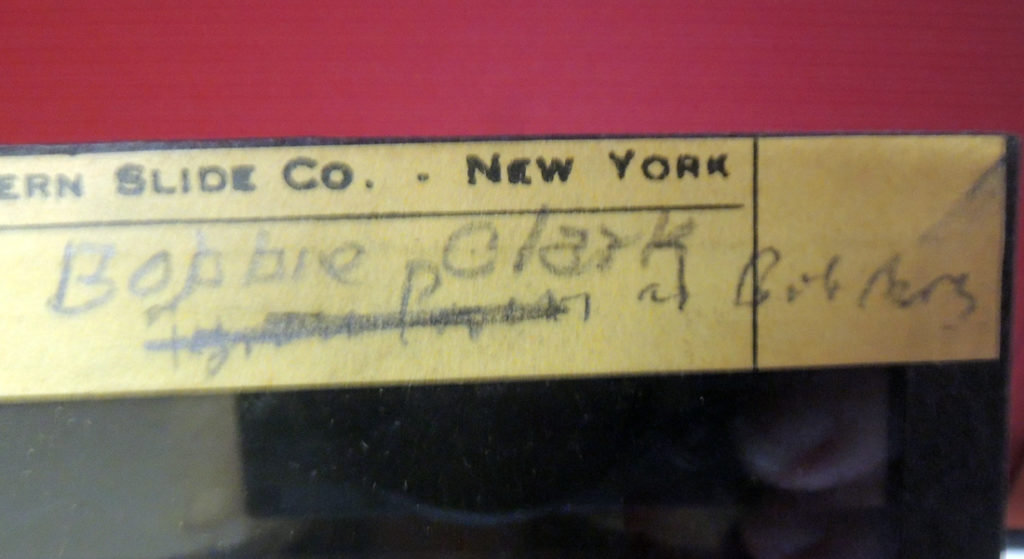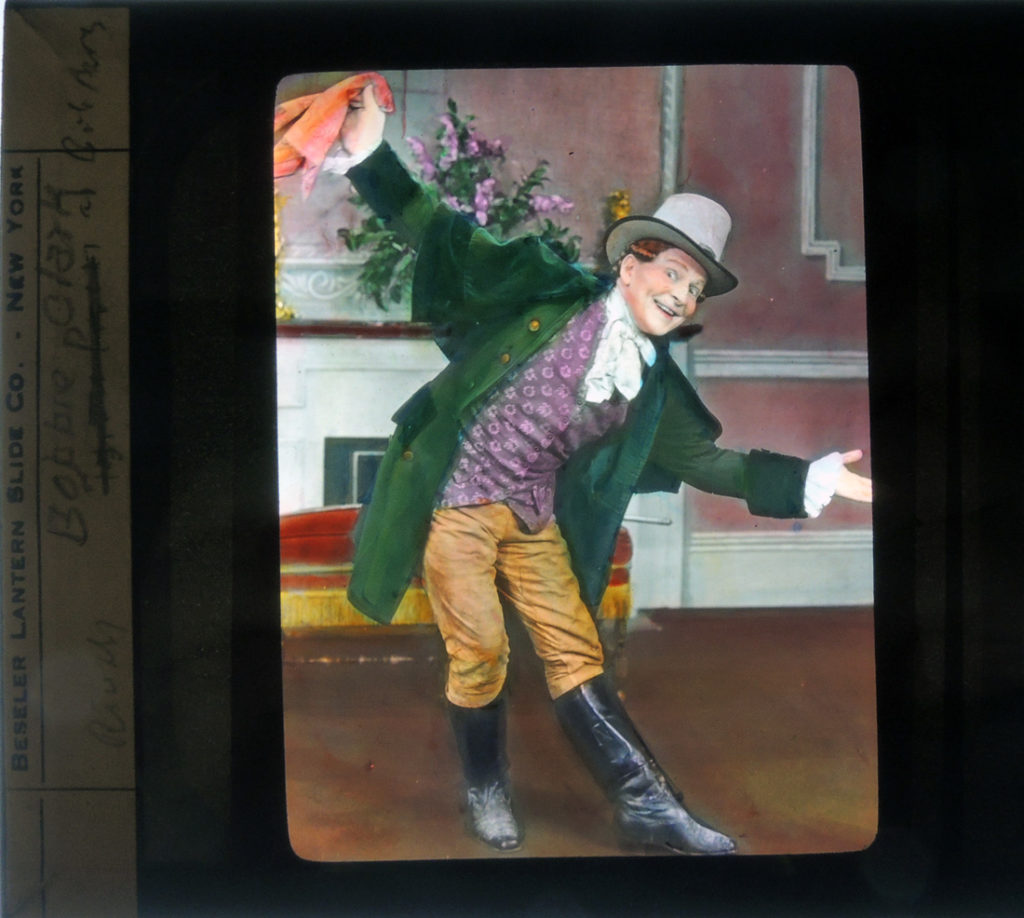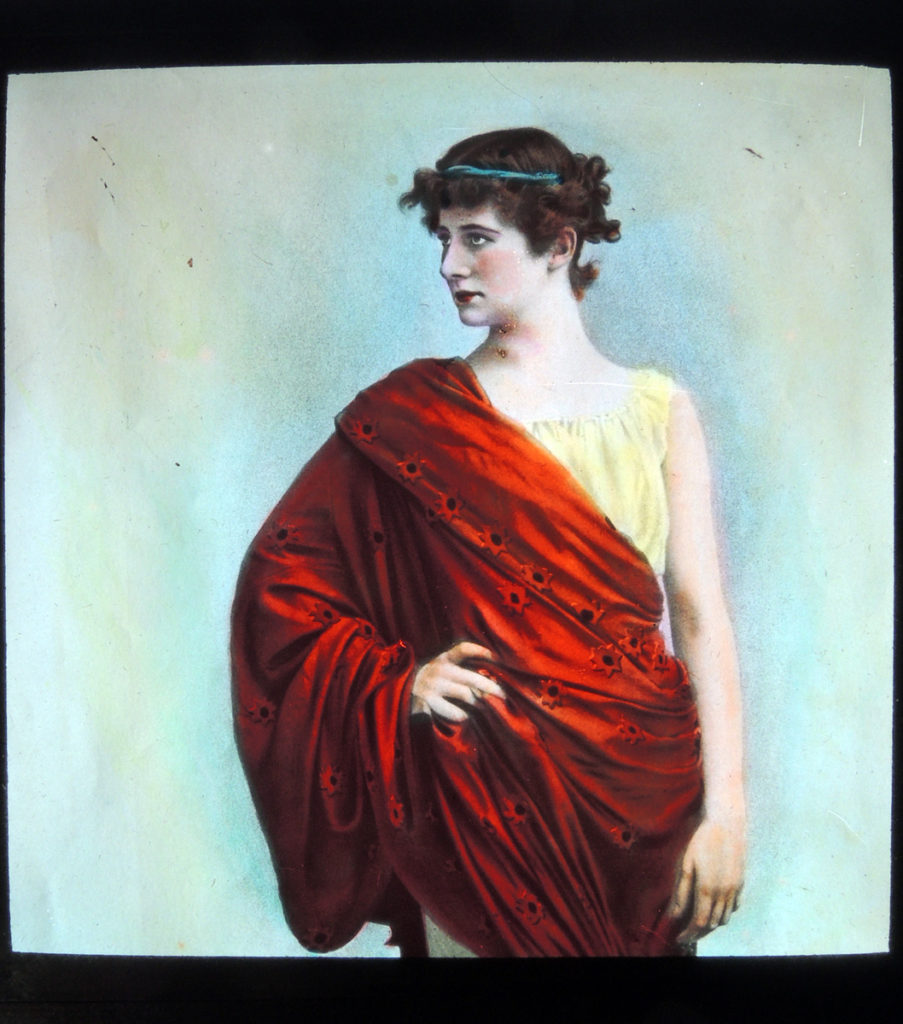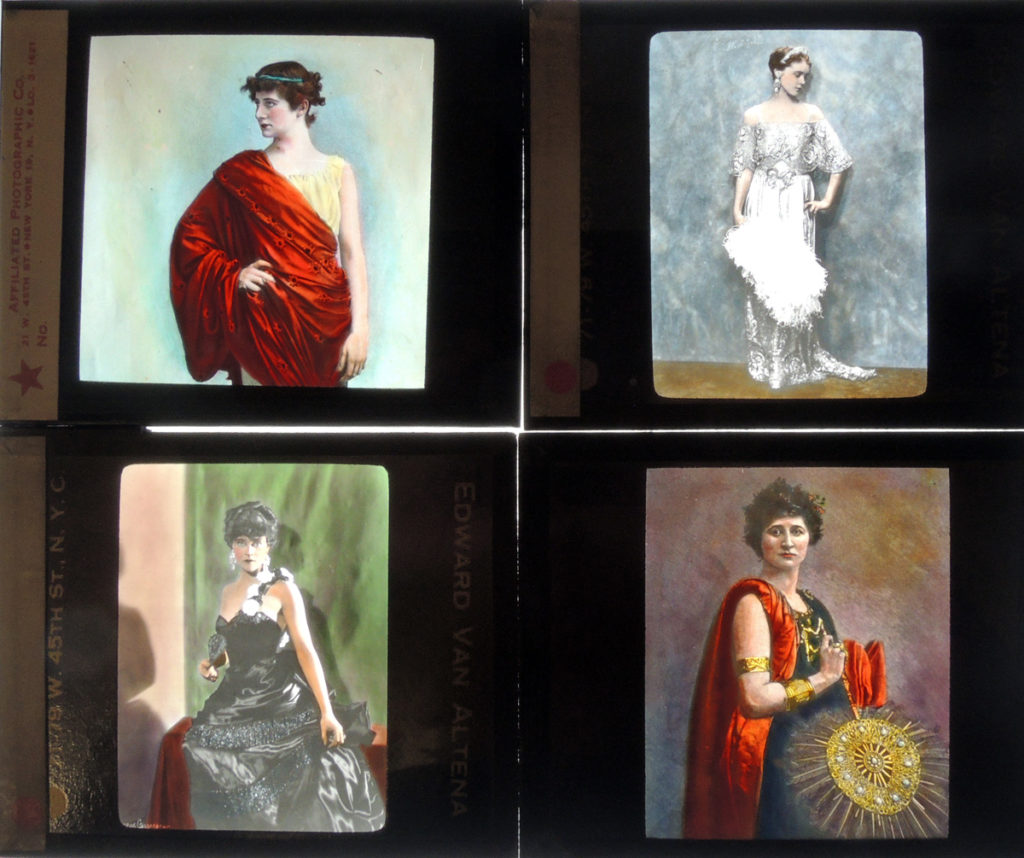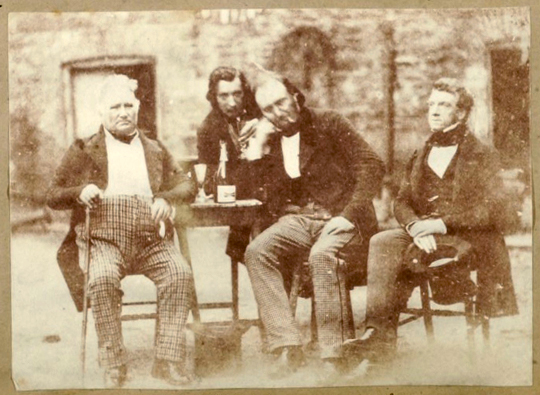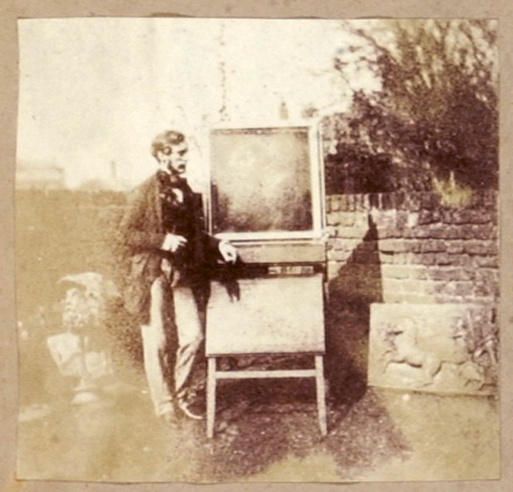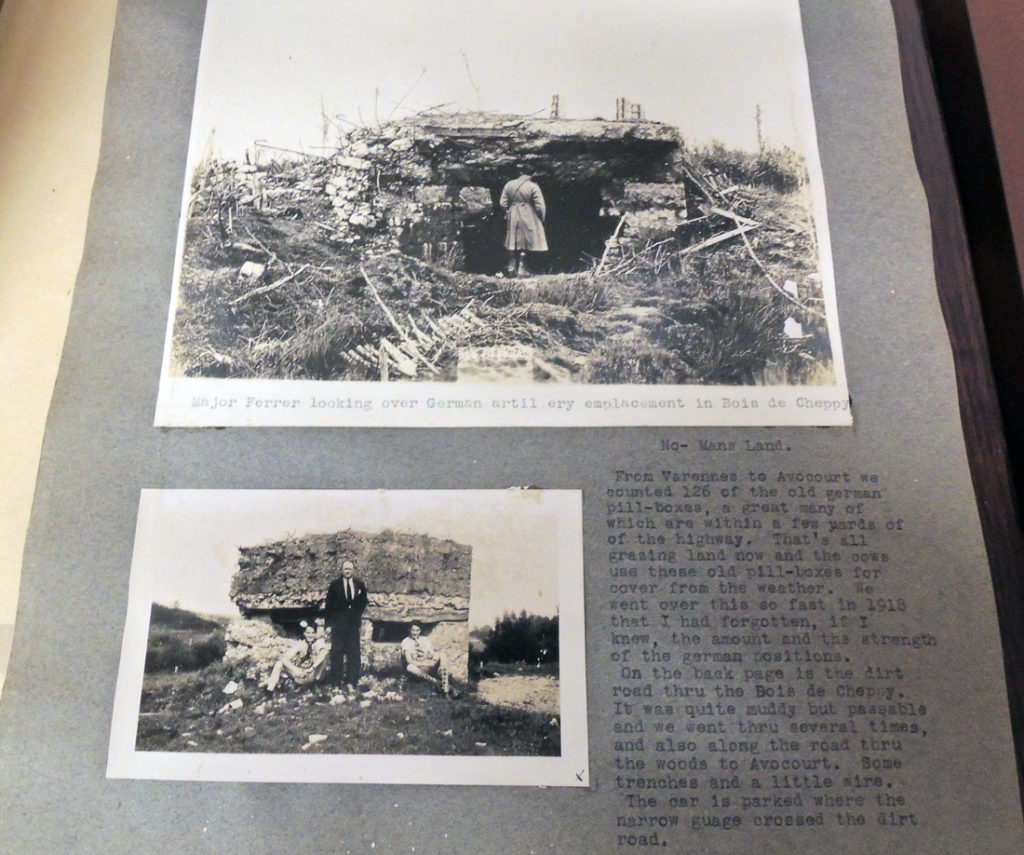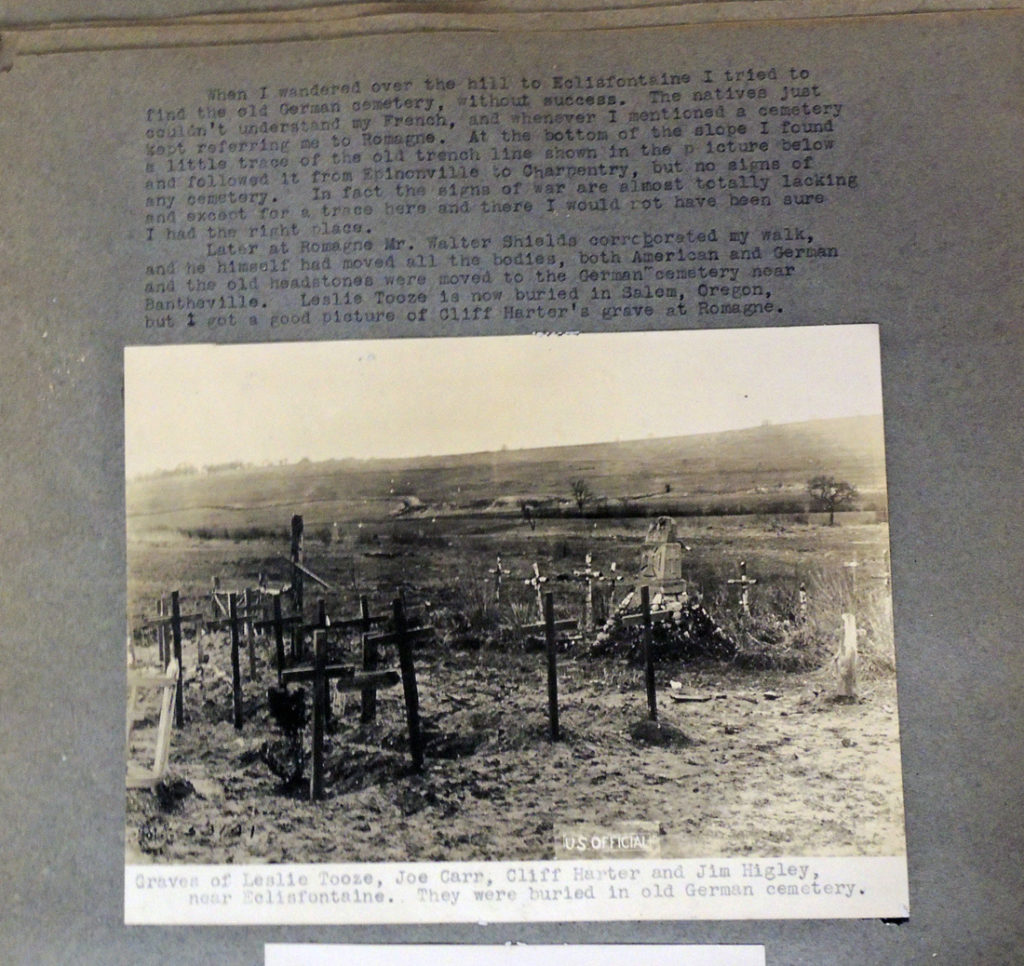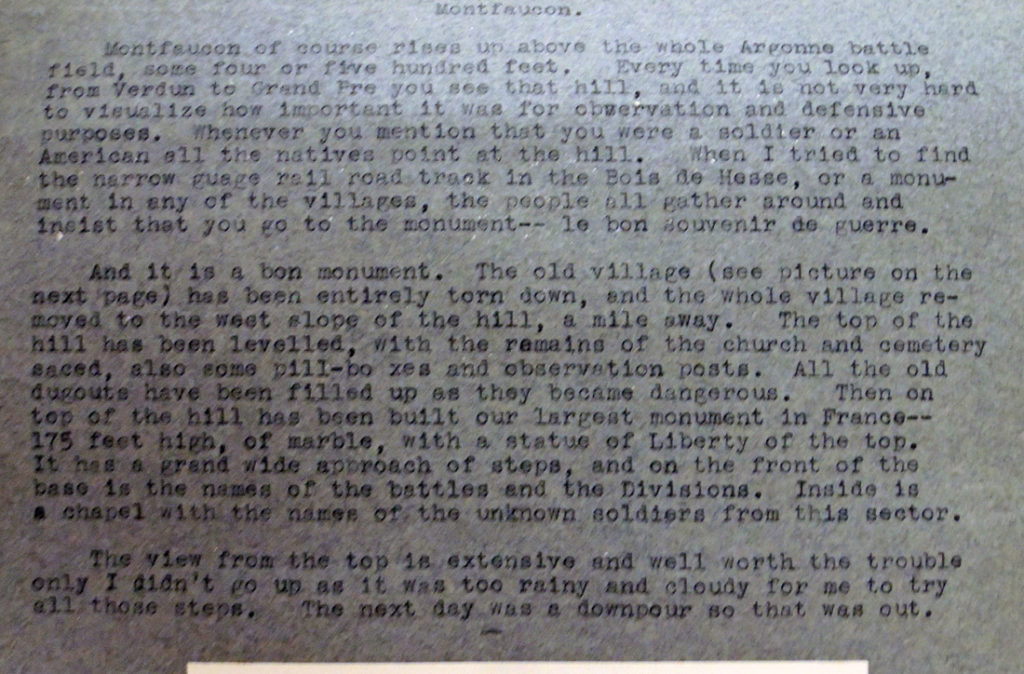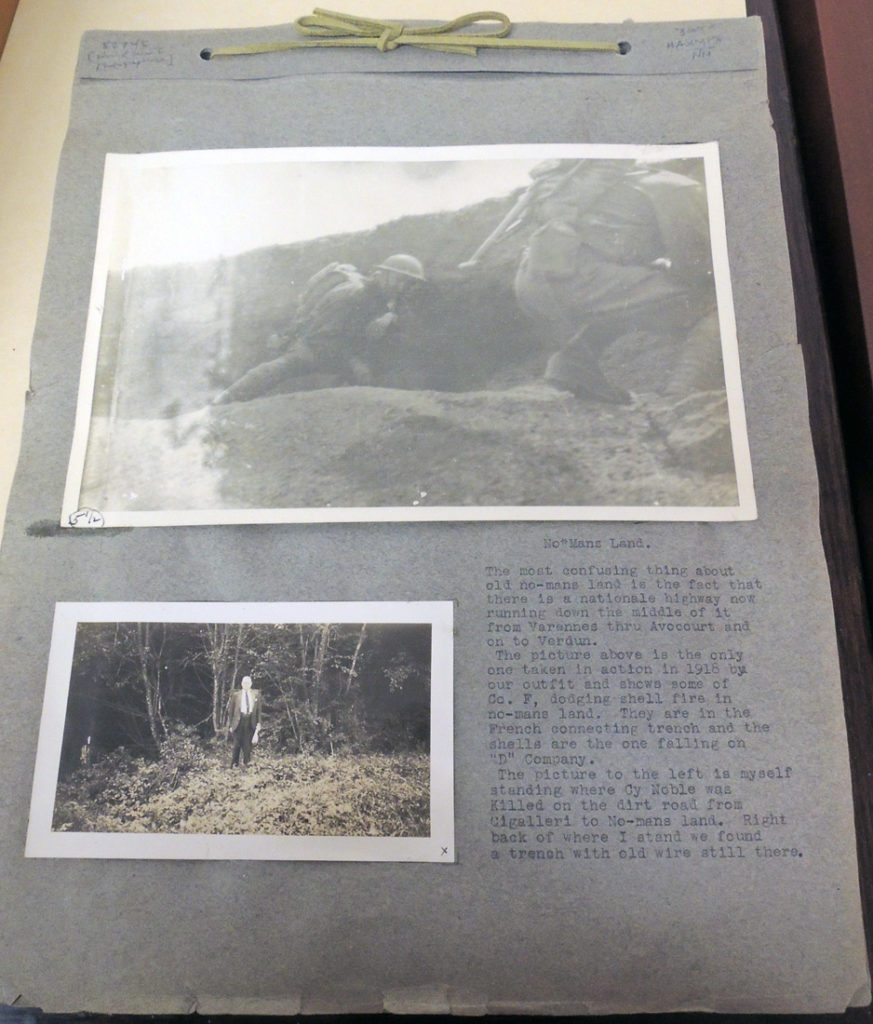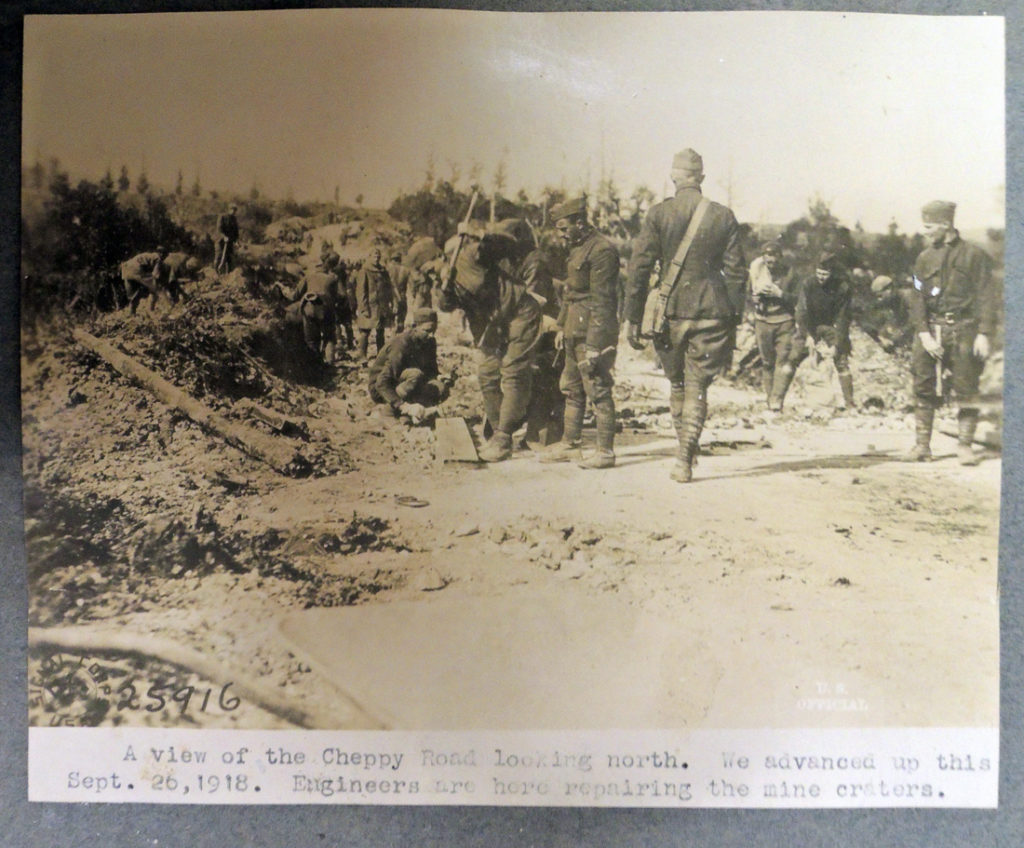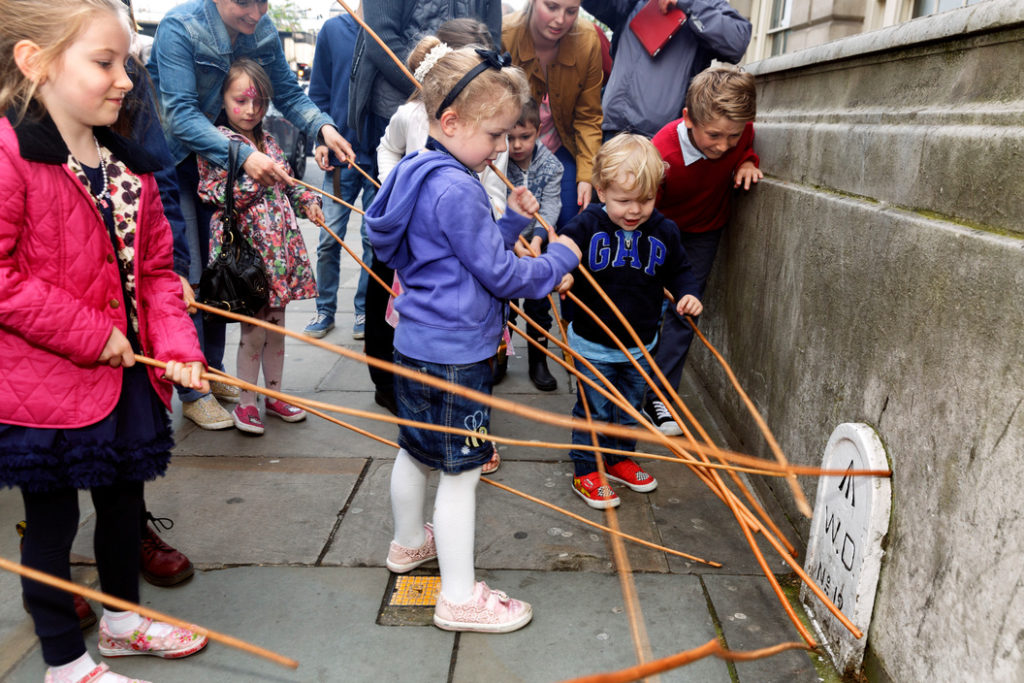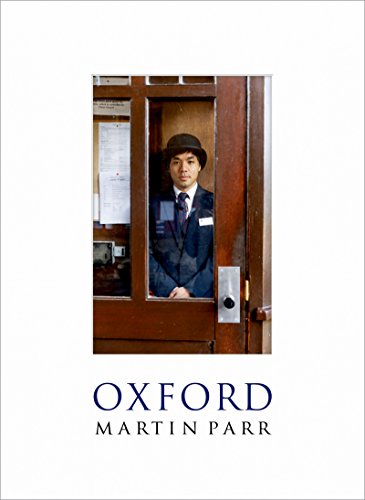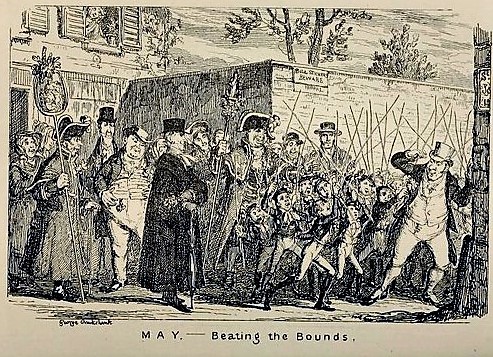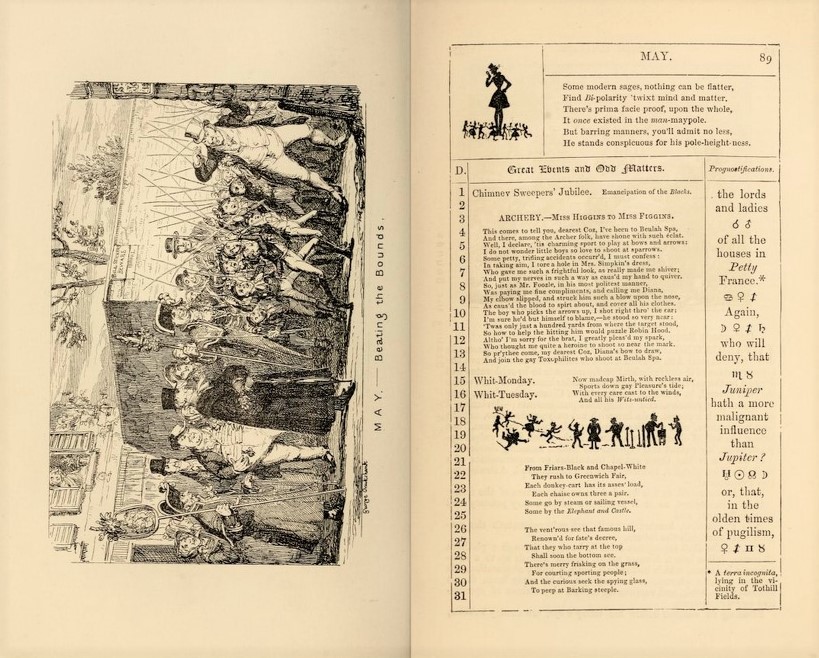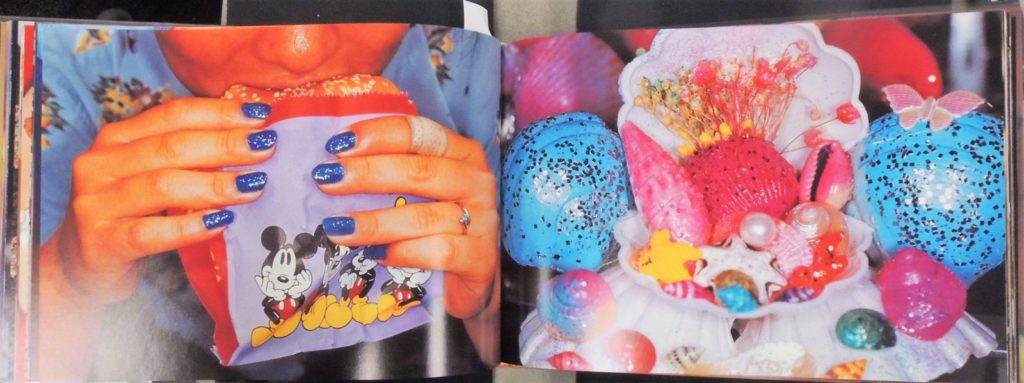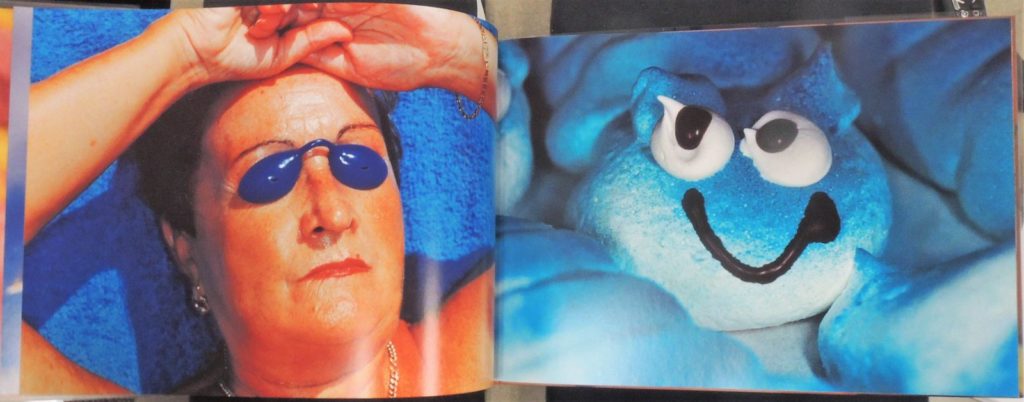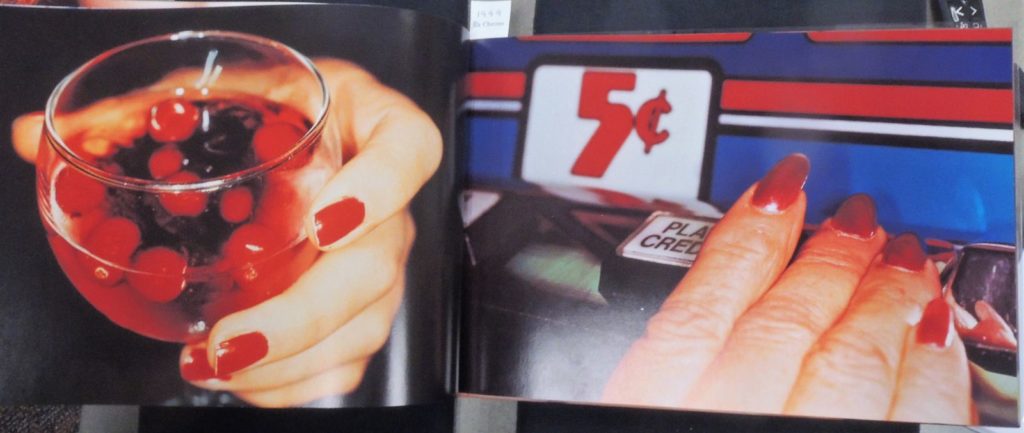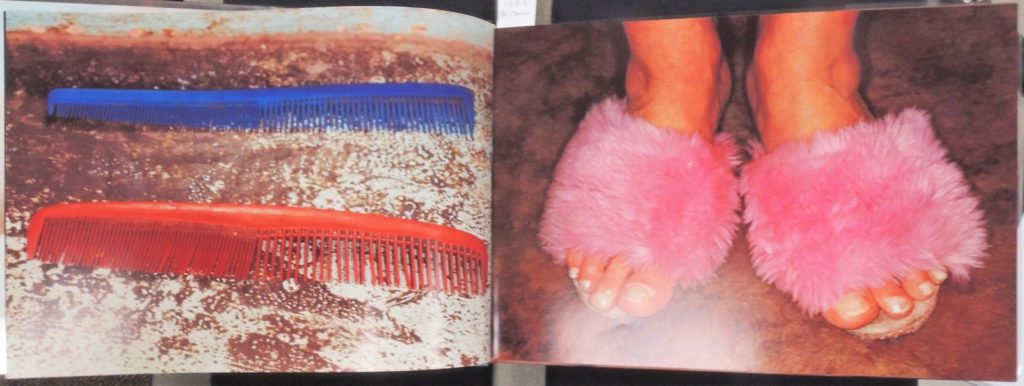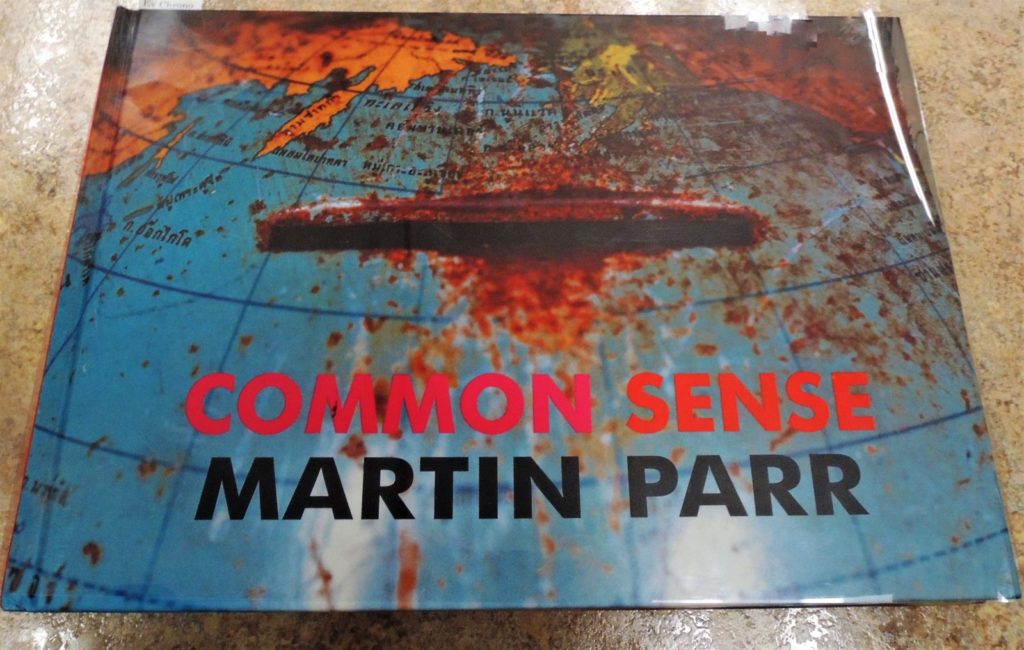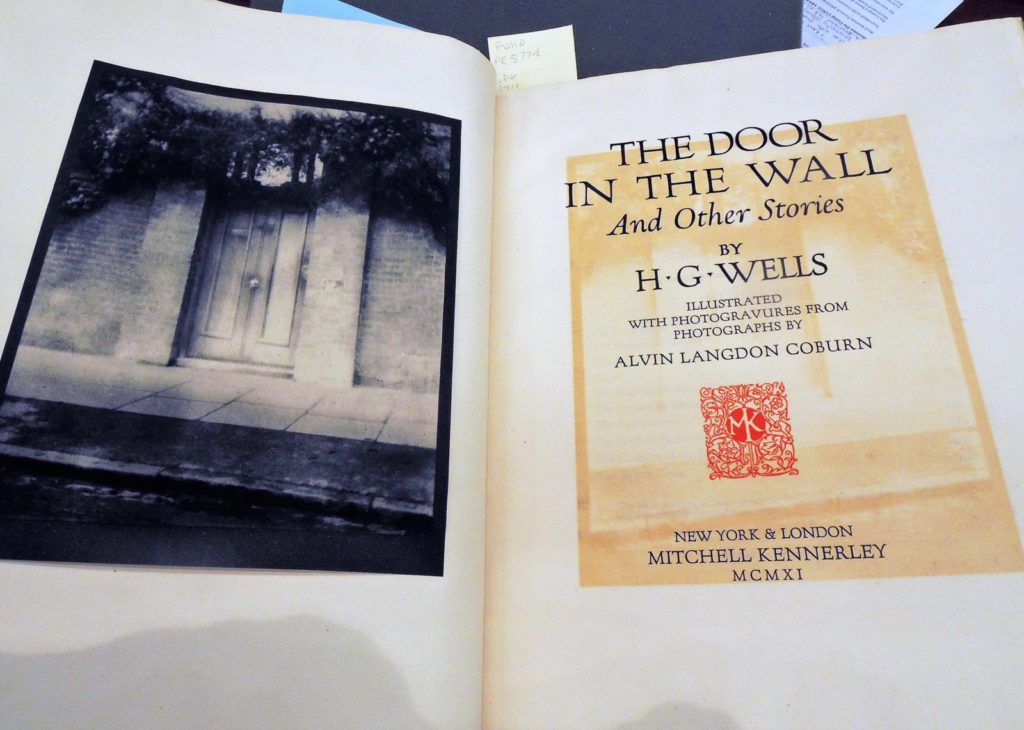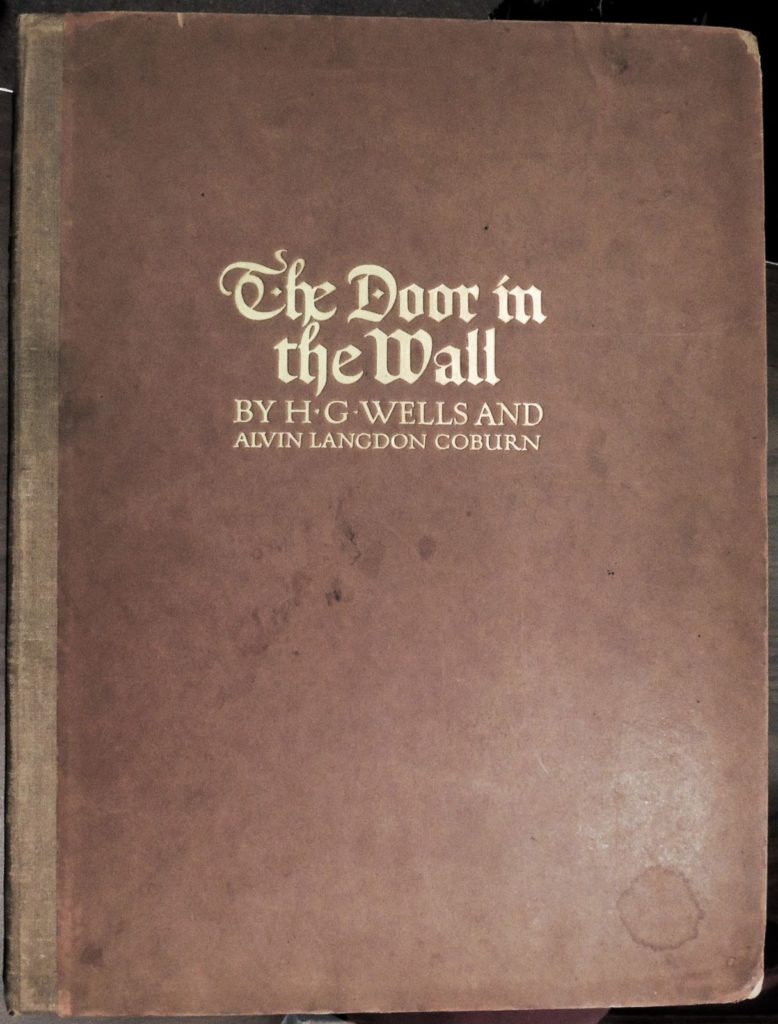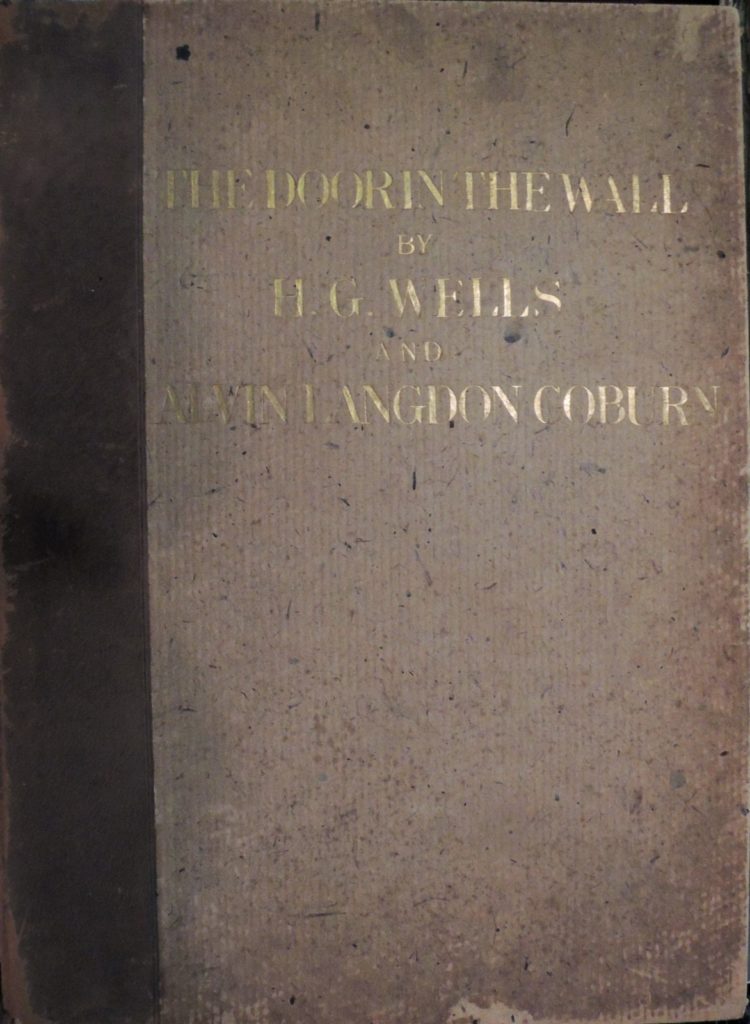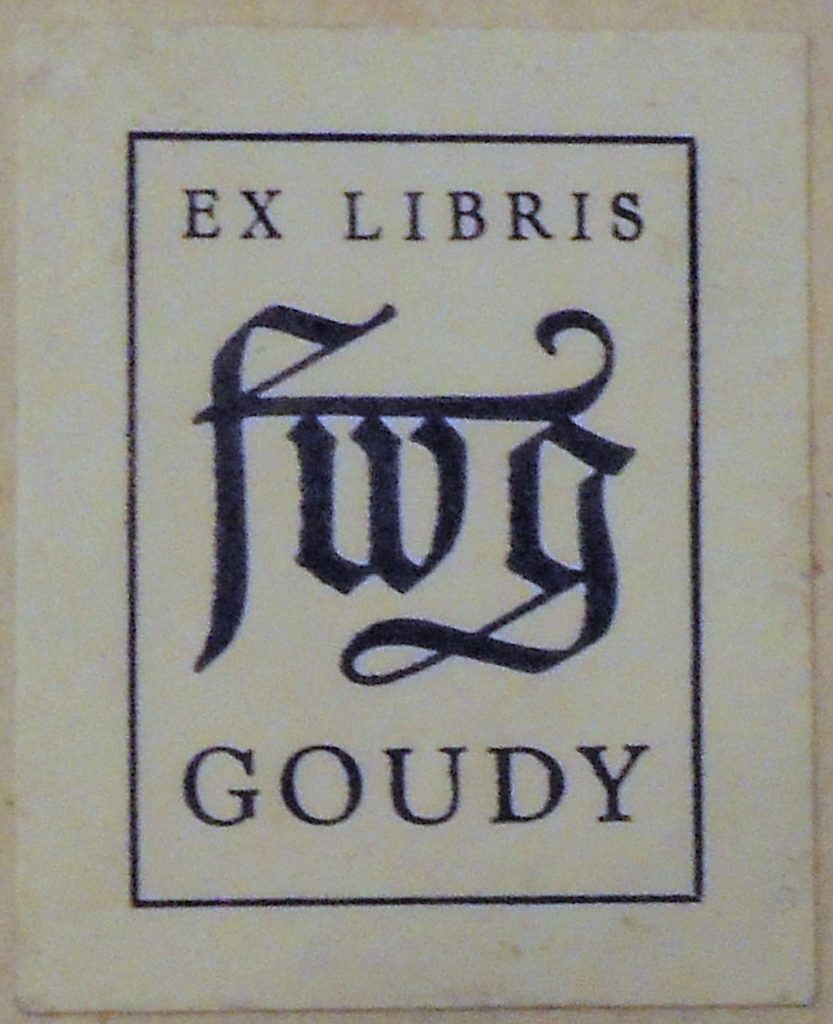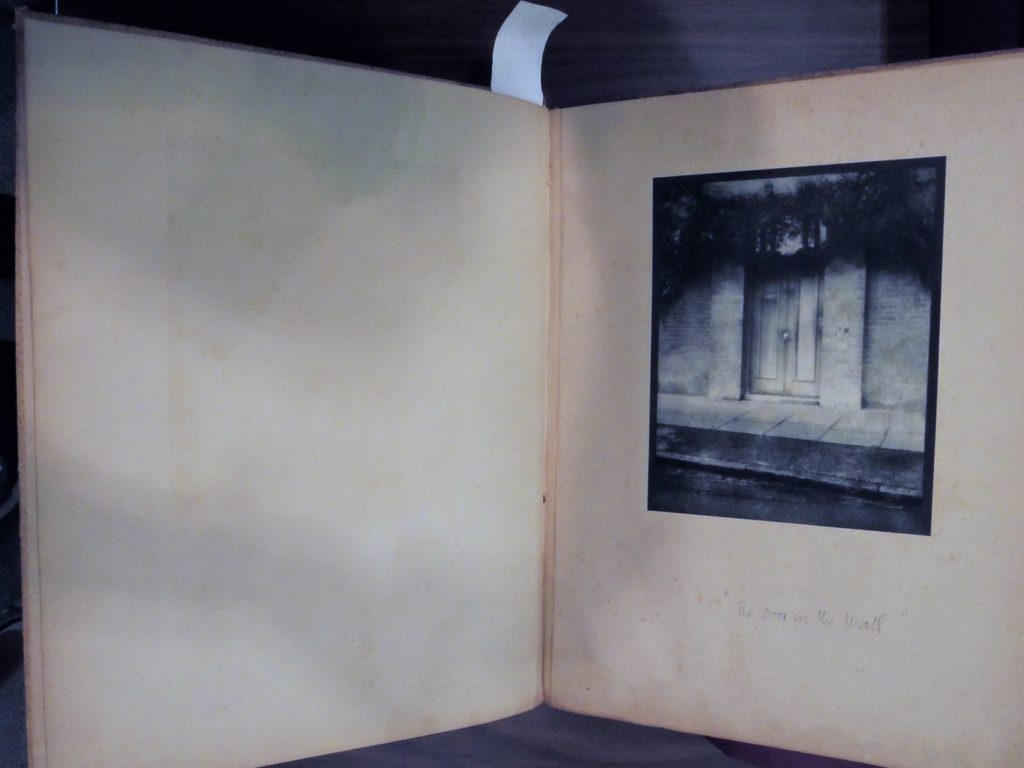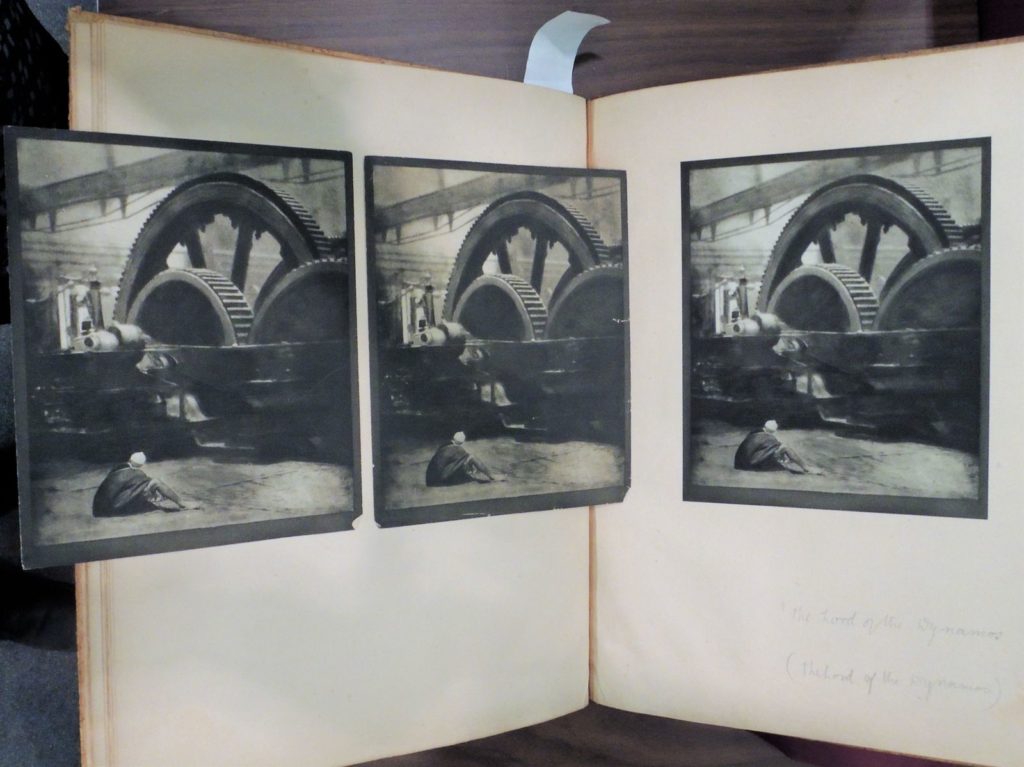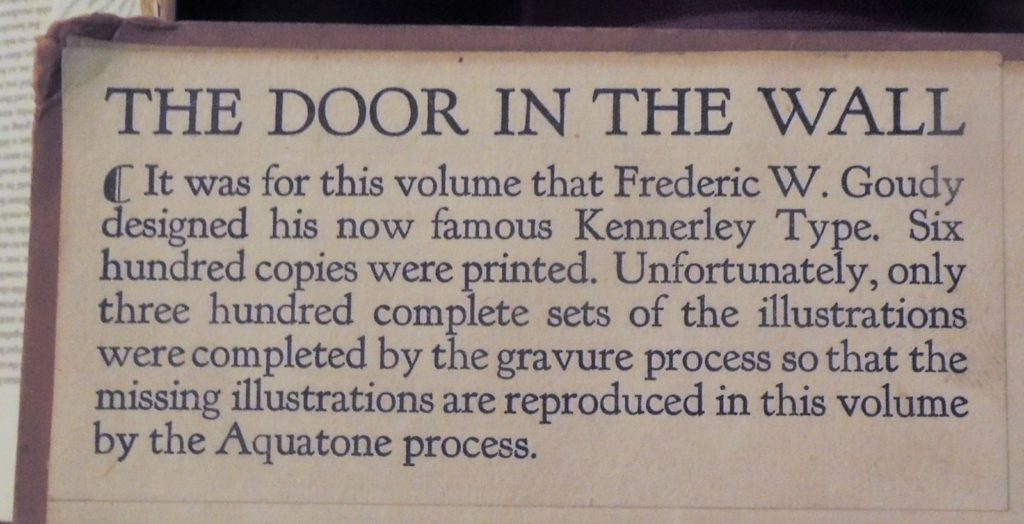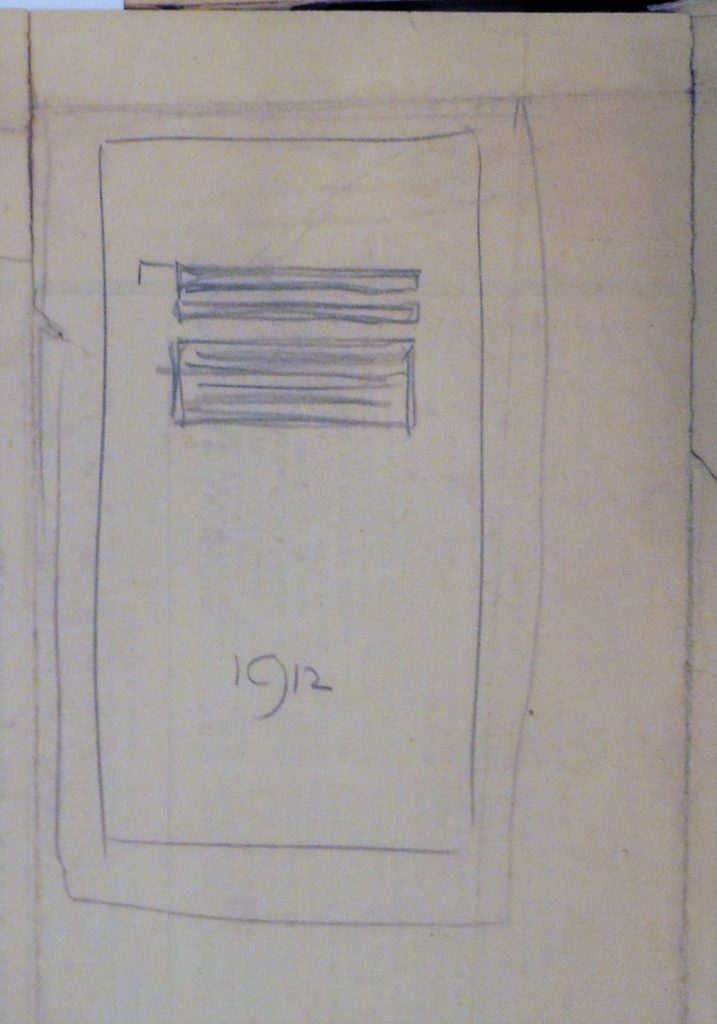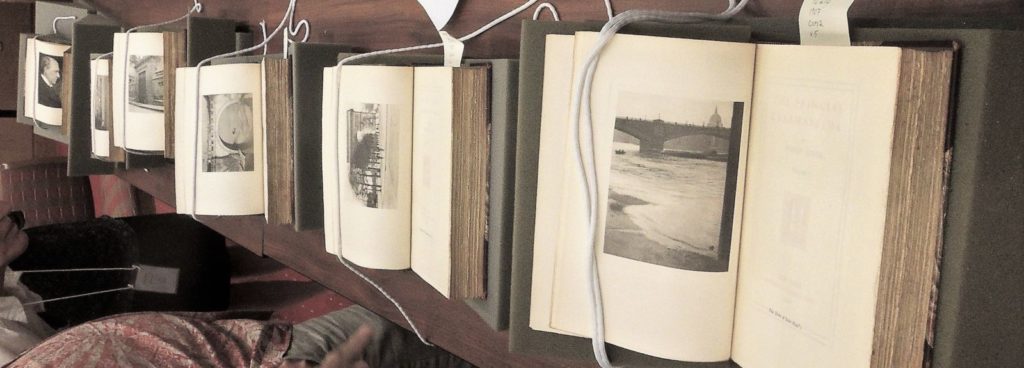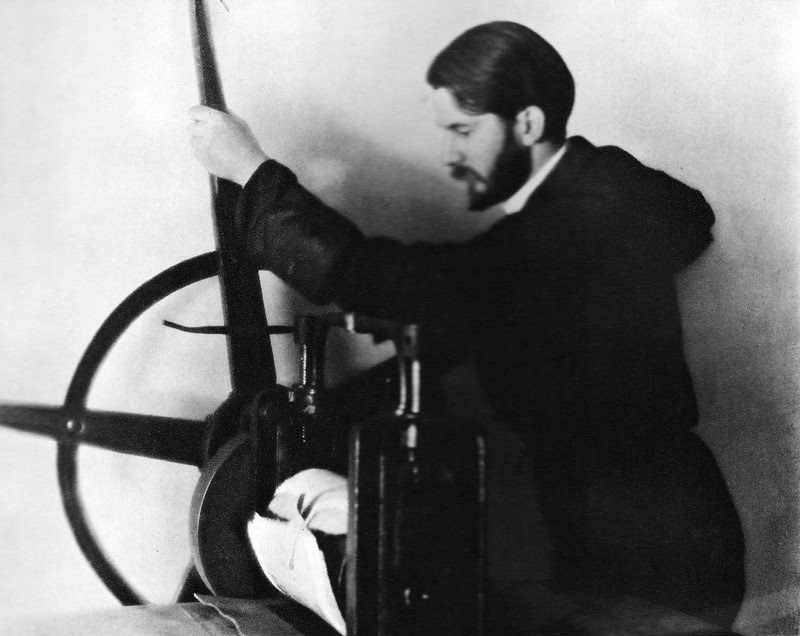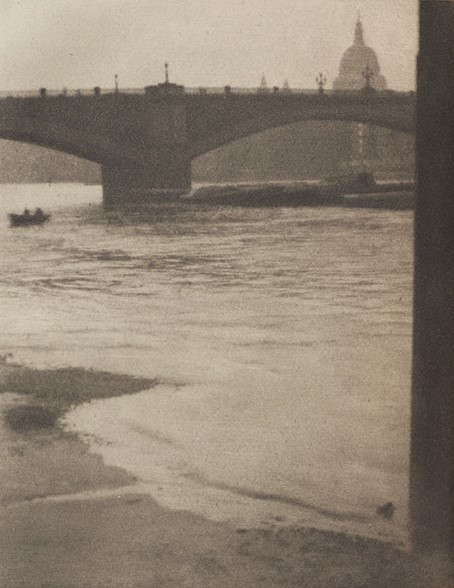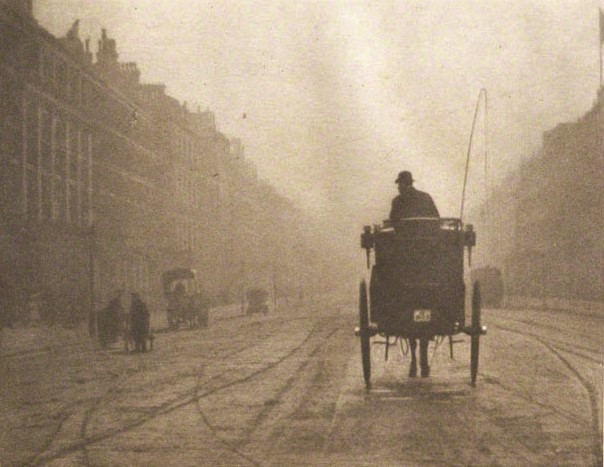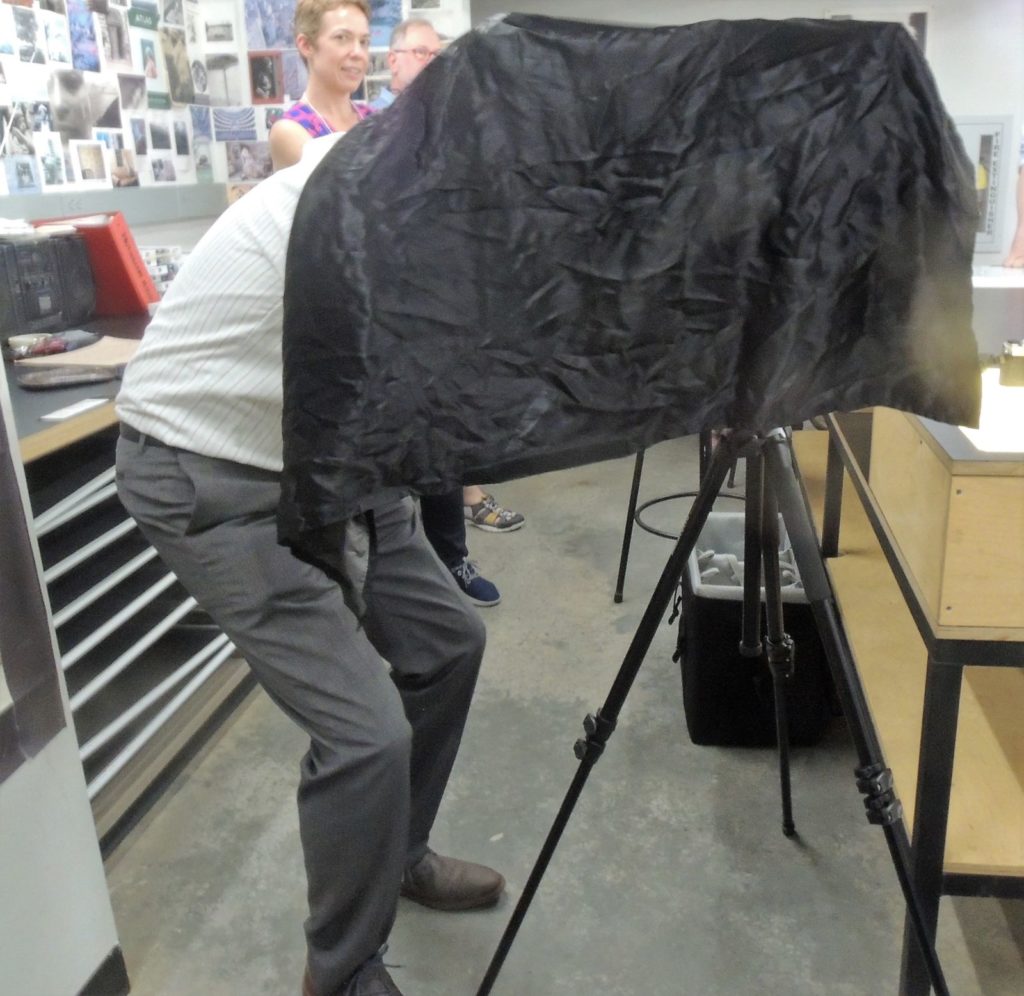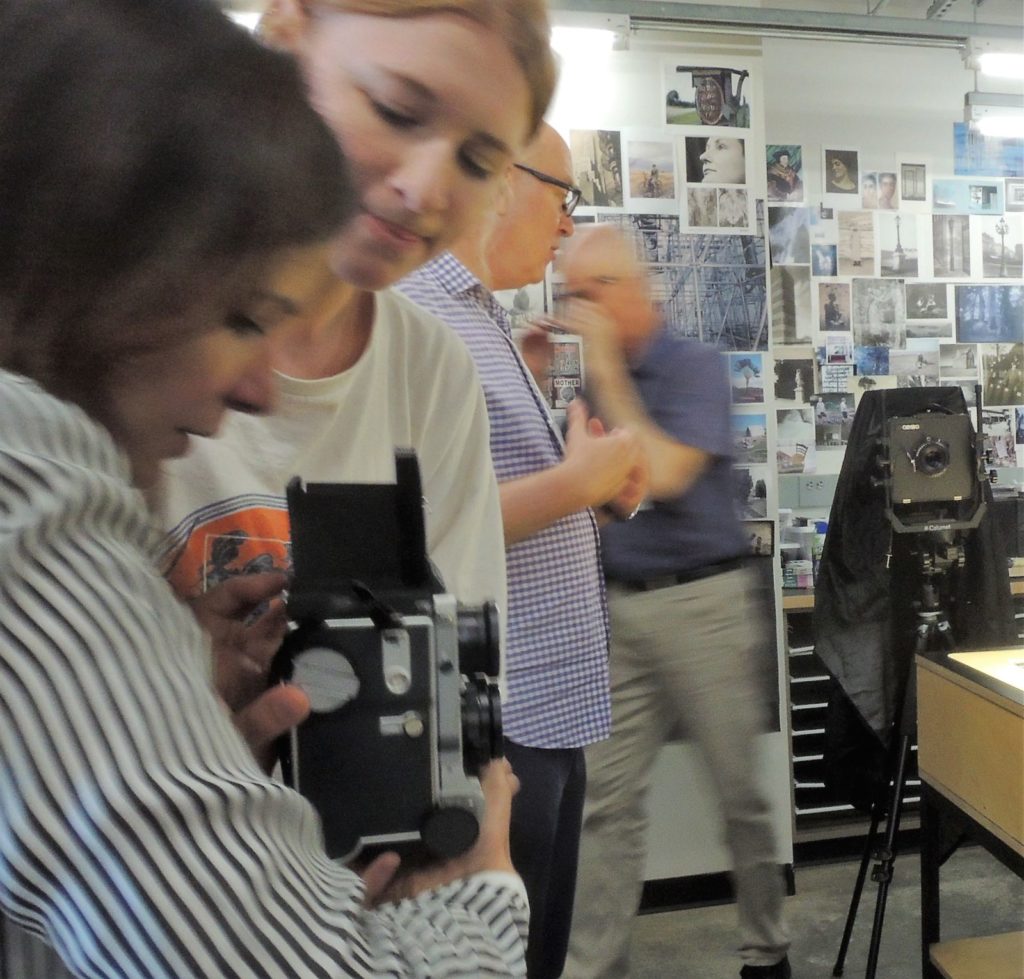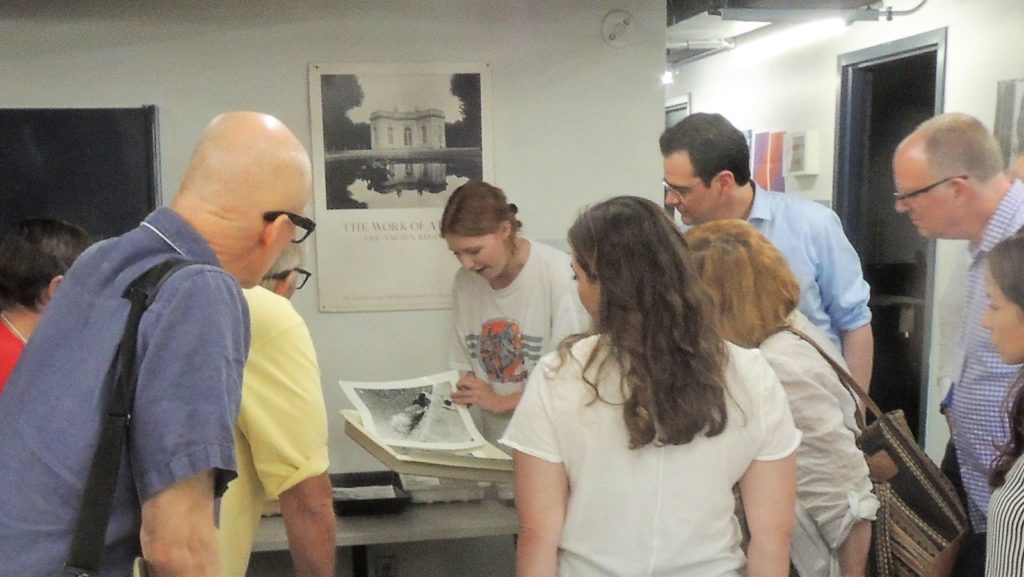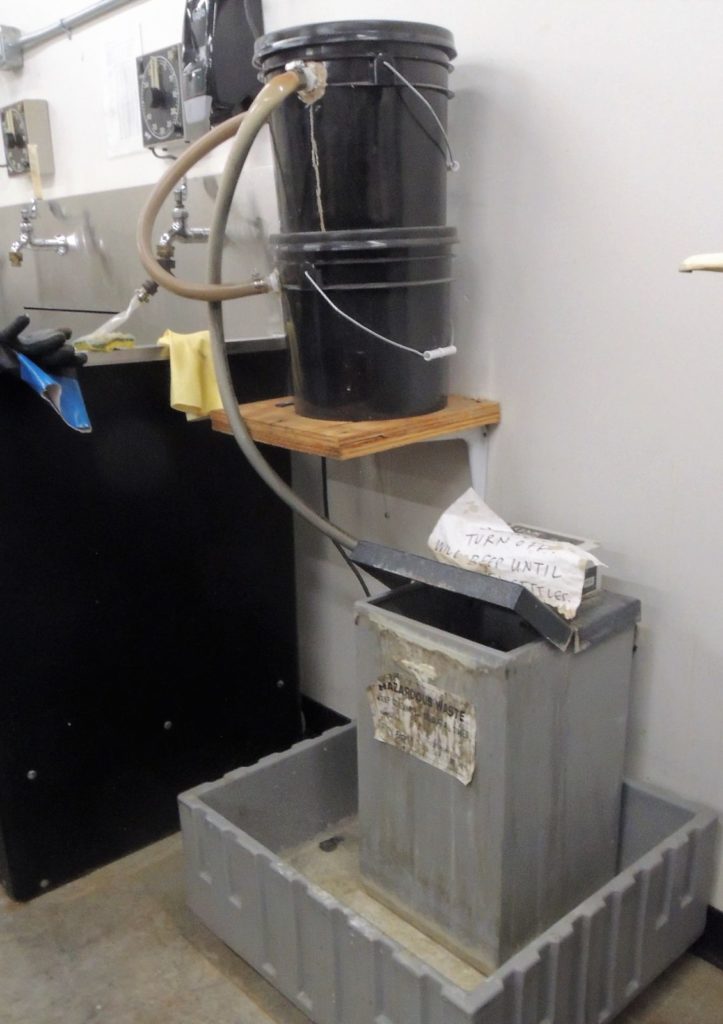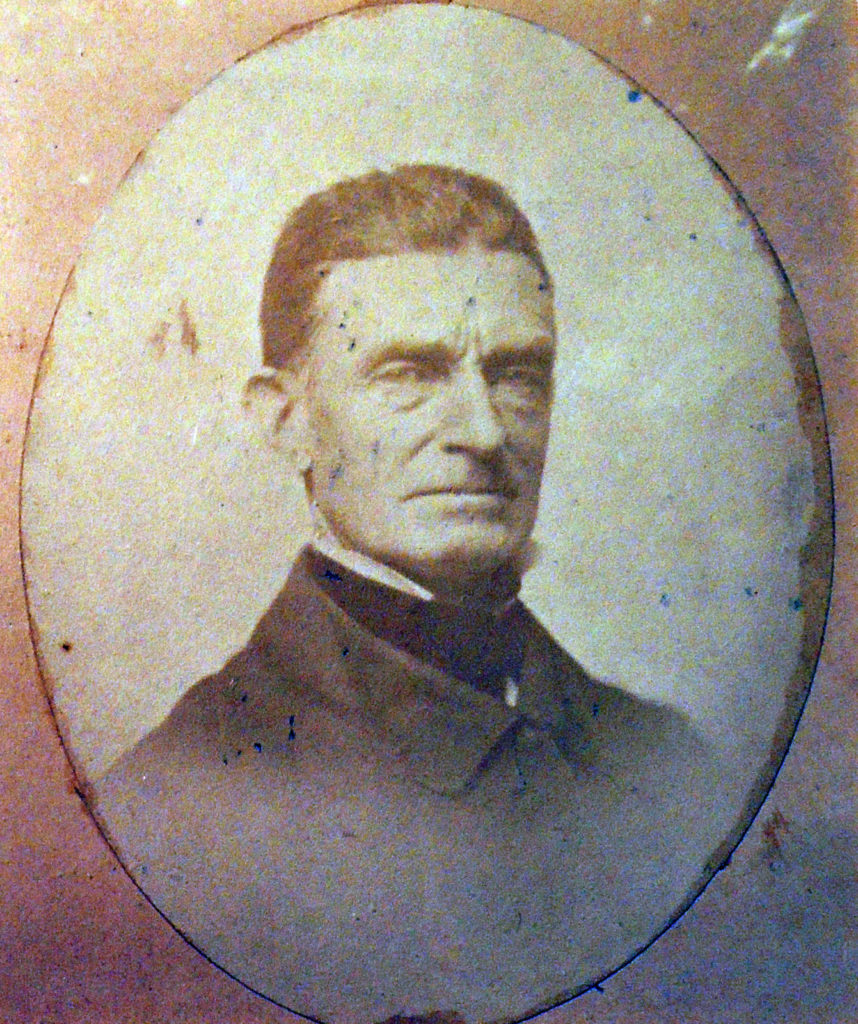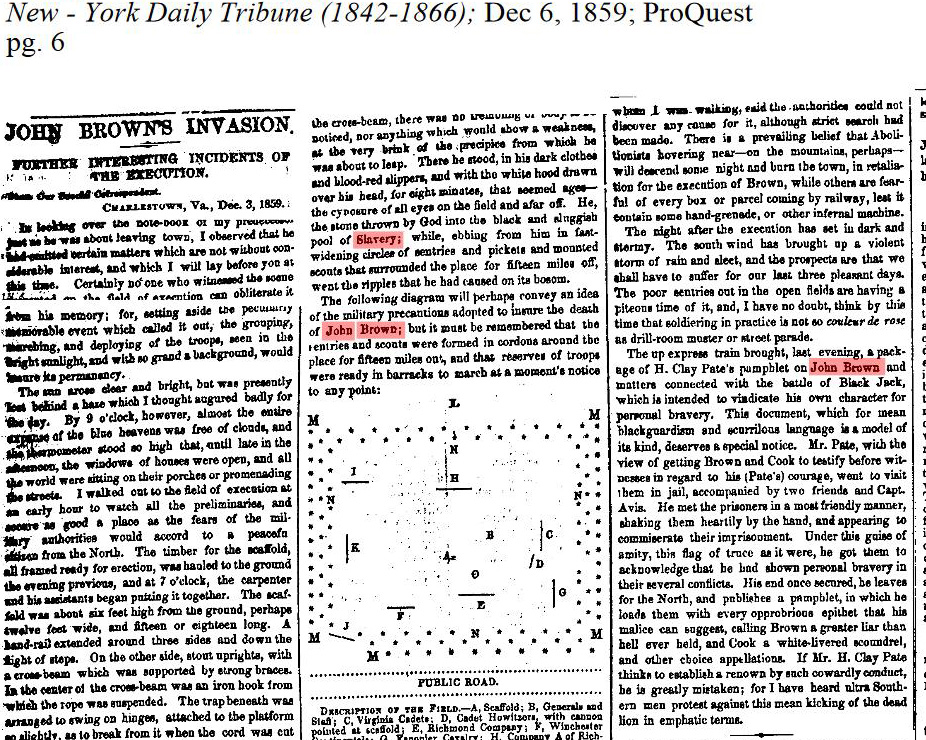

Elihu Burritt (1810-1879), A Walk from London to John O’Groats, with Notes by the Way. Illustrated with Photographic Portraits (London: Sampson, Low, Son & Marston, 1864). Graphic Arts Collection GAX 2017- in process
In 1864, President Abraham Lincoln appointed Elihu Burritt the United State Consul to Birmingham, England, and through Burritt’s writings he brought the term “the Black Country” into common usage. He traveled widely, usually on foot, taking notes along the way, and A Walk from London to John O’Groats was addressed to his American friends. As Corresponding Secretary to the New Britain Agricultural Club he was particular interested in the state of farming and chose farmers as the sitters in the photographs.

Burritt was born and died in New Britain, Connecticut. Although trained as a blacksmith, Burritt made his name as a social activist, diplomat and author. In 1846 he founded the peace organization The League of Universal Brotherhood, and advocated temperance and opposed slavery. Thank you to Edward Bayntun-Coward for these details.
The book includes five mounted photographic portraits each with facsimile signature. The portraits are of the following individuals:
1. Elihu Burritt (frontispiece), photographed by Elliott & Fry, 55 Baker Street, London.
2. Mr. Alderman Mechi, photographed by Cundall, Downes & Co, 108 New Bond Street, London.
3. The late Jonas Webb, photographed by William Mayland, Cambridge.
4. Samuel Jonas, photographed by William Mayland, Cambridge.
5. Anthony Cruikshank, photographed by A. Adams, 26 Broad Street, Aberdeen.
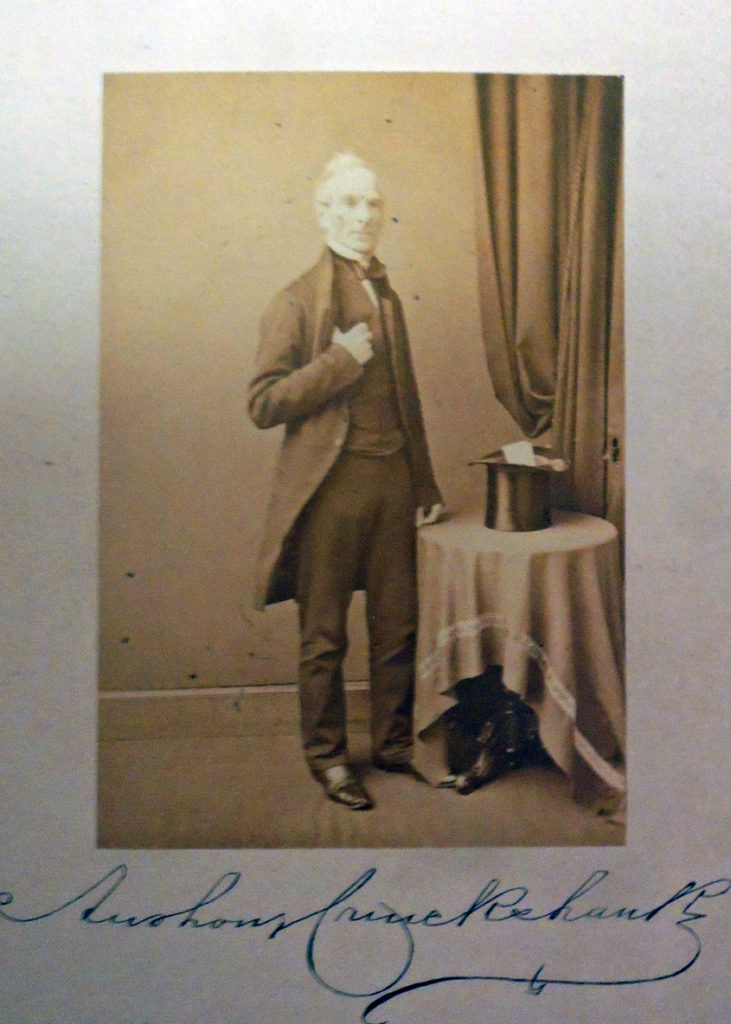 The original binding by Burn (with label inside rear cover) is done in green cloth over beveled boards, the front covers blocked in gilt with a triple fillet border and the title in a cartouche at the center, the rear cover with a blind border, smooth spine lettered in gilt, and brown endleaves.
The original binding by Burn (with label inside rear cover) is done in green cloth over beveled boards, the front covers blocked in gilt with a triple fillet border and the title in a cartouche at the center, the rear cover with a blind border, smooth spine lettered in gilt, and brown endleaves.
This is the first of two editions published in 1864.
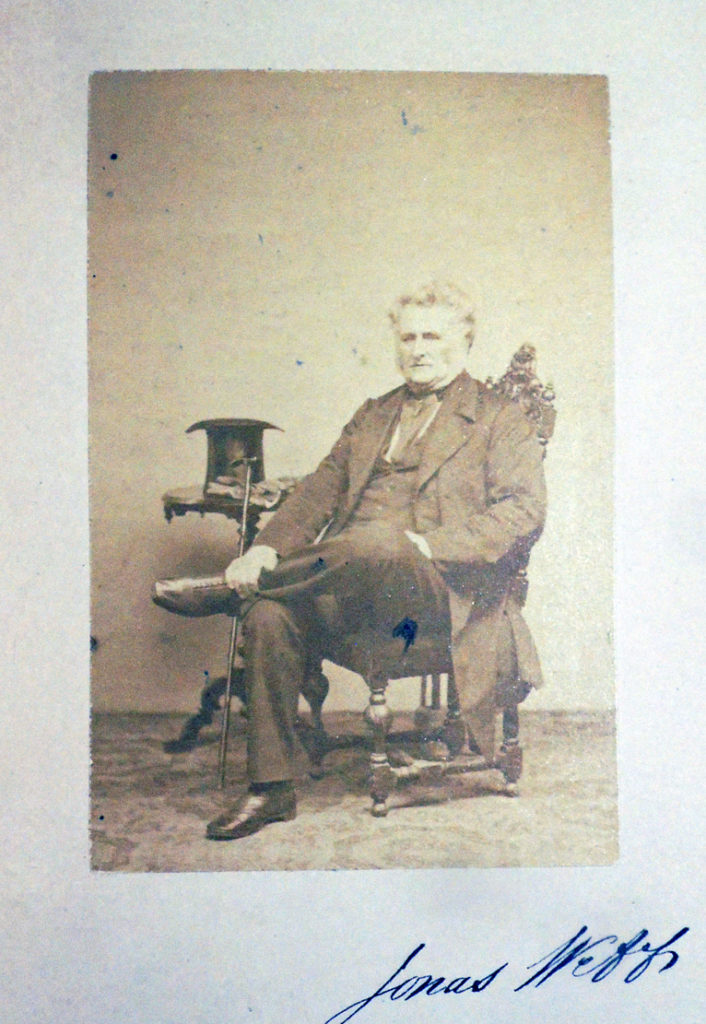

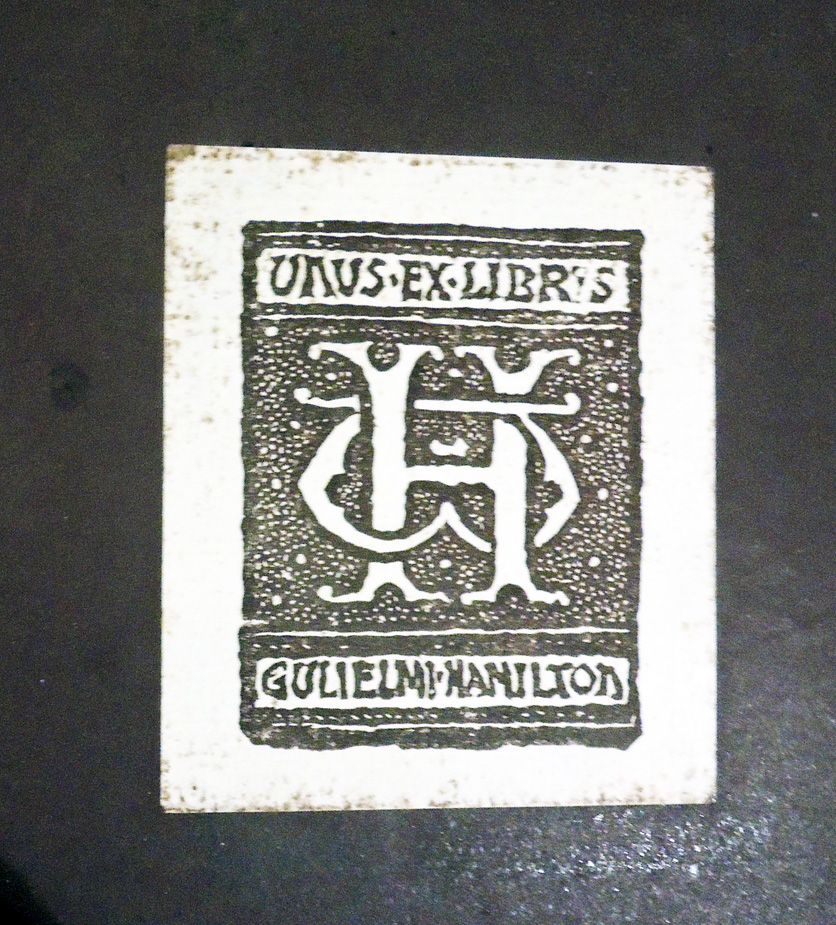
See also: Burritt, Elihu, 1810-1879. Peace papers for the people … (London [184-?]). (F) BL262 .H583 1852
Clarke, Julius L.Circular [prospectus]: Dear Sir, A number of individuals residing in different parts of New England have recently formed themselves into a society called the New England Anti-Slavery Tract Association … (Worcester, Mass.: N.E.A.S.T.A., [1843]). First blank page is filled with autograph letter to G. & C. Merriam signed by Elihu Burritt. Rare Books (Ex) Oversize 2011-0237Q
Burritt, Elihu, 1810-1879. Sparks from the anvil (Worchester: Henry J. Howland, 1846). (F) BL262 .H583 1852
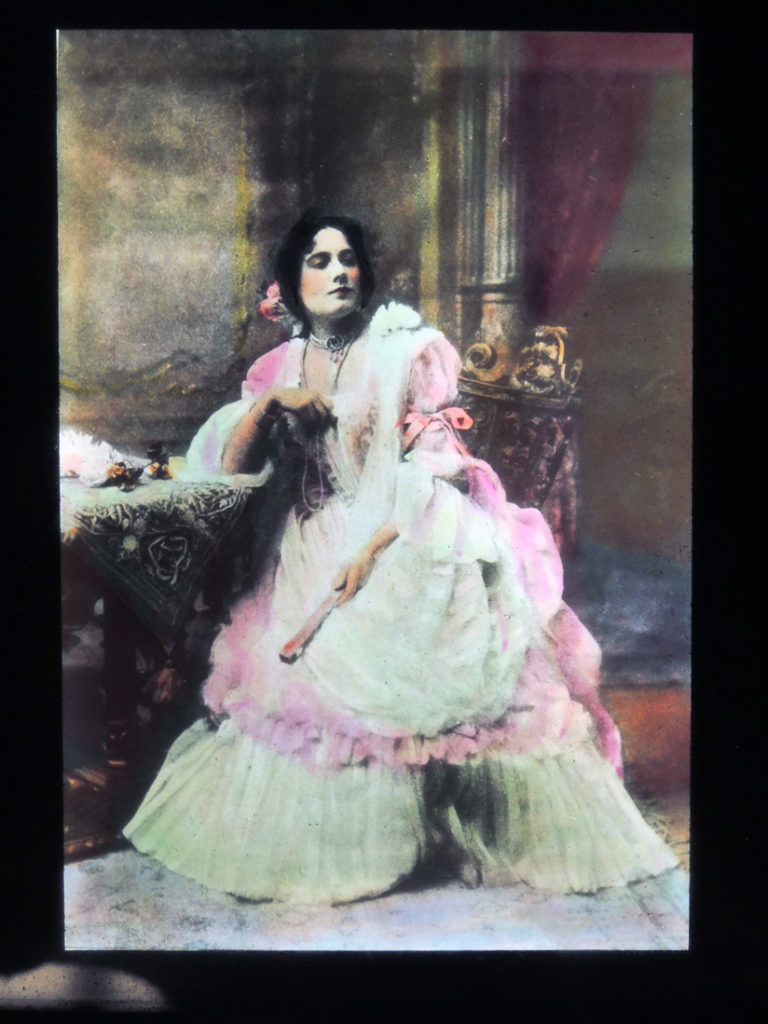 Julia Marlowe Taber as Lydia Languish
Julia Marlowe Taber as Lydia Languish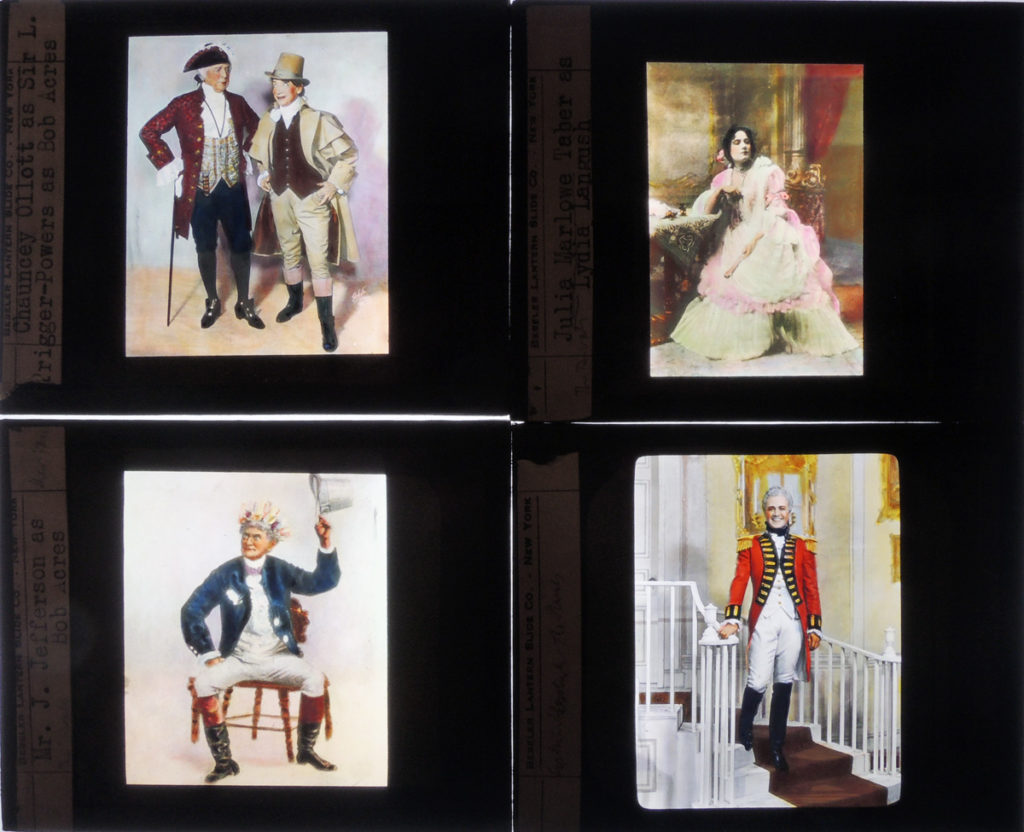 top left: Chauncey Ollott as Sir L. Trigger–Powers as Bob Acres. bottom left: Mr. J. Jefferson as Bob Acres. bottom right: Captain [ Jack] Absolute, The Rivals.
top left: Chauncey Ollott as Sir L. Trigger–Powers as Bob Acres. bottom left: Mr. J. Jefferson as Bob Acres. bottom right: Captain [ Jack] Absolute, The Rivals.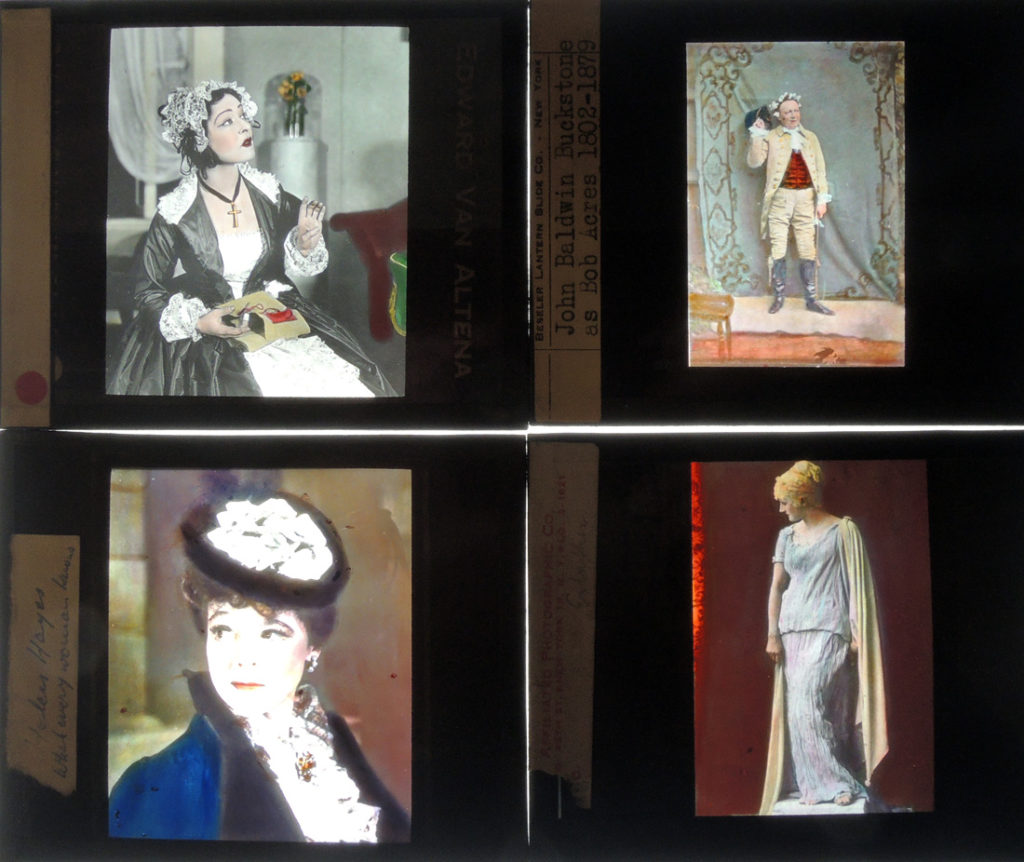 top left: unknown. bottom left: Helen Hayes, What Every Woman Knows. top right: John Baldwin Buckstone as Bob Acres 1802-1879. bottom right: unknown.
top left: unknown. bottom left: Helen Hayes, What Every Woman Knows. top right: John Baldwin Buckstone as Bob Acres 1802-1879. bottom right: unknown.
